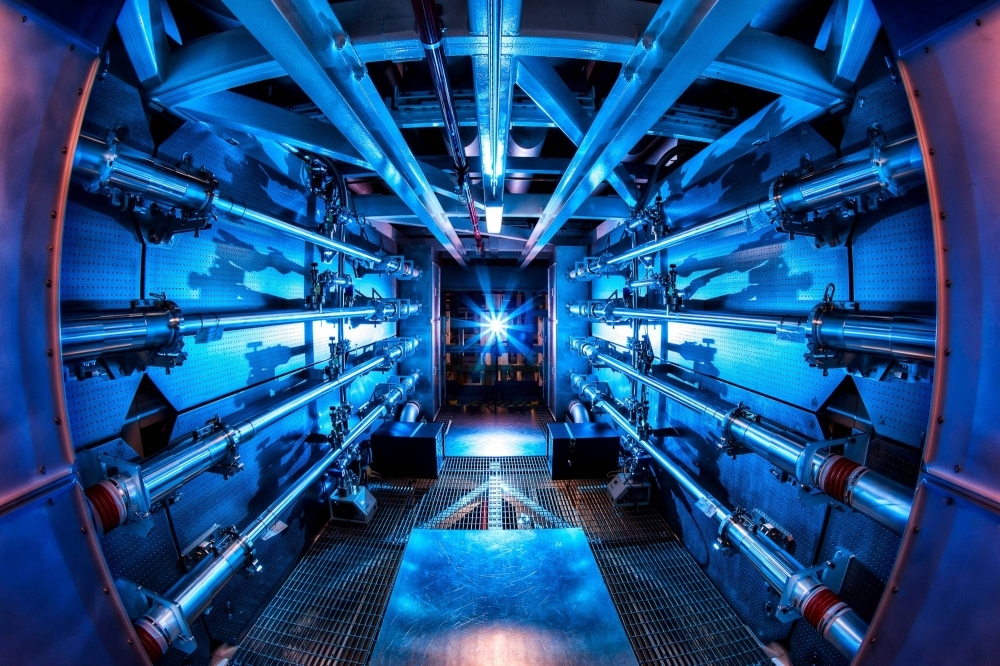The U.S. government lab that last year reached a long-sought milestone in nuclear fusion — achieving a controlled reaction that yielded more energy than it took to produce — has repeated the achievement, after months of near-misses.
Being able to reproduce the Dec. 5 breakthrough may bring the world one step closer to using fusion, which powers the stars, as an abundant source of clean energy. But that future likely remains years off, if it happens at all.
The Lawrence Livermore National Laboratory near San Francisco conducted a series of tests this spring and summer that didn’t quite achieve "ignition,” the point at which energy output from the experiment exceeds the amount pouring in. Each test involves firing the world’s most powerful laser at a tiny diamond capsule filed with hydrogen, compressing the fuel and triggering the reaction. One experiment in June achieved breakeven, with the same amount of energy coming out as went in.



